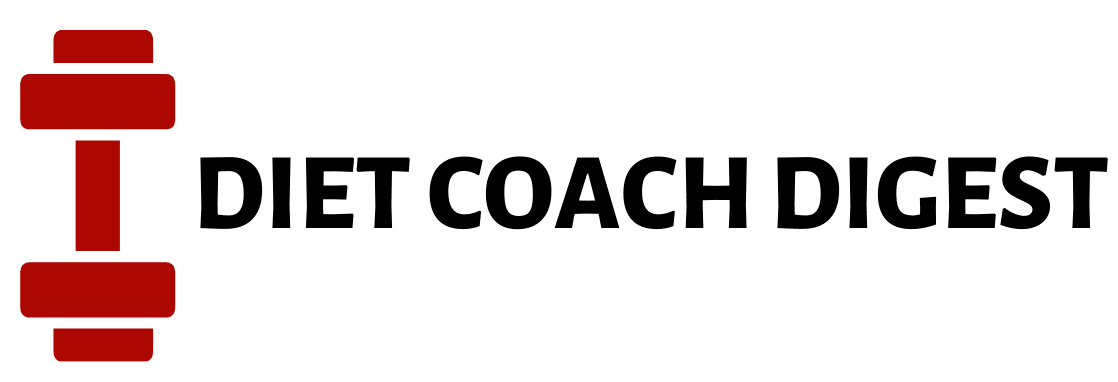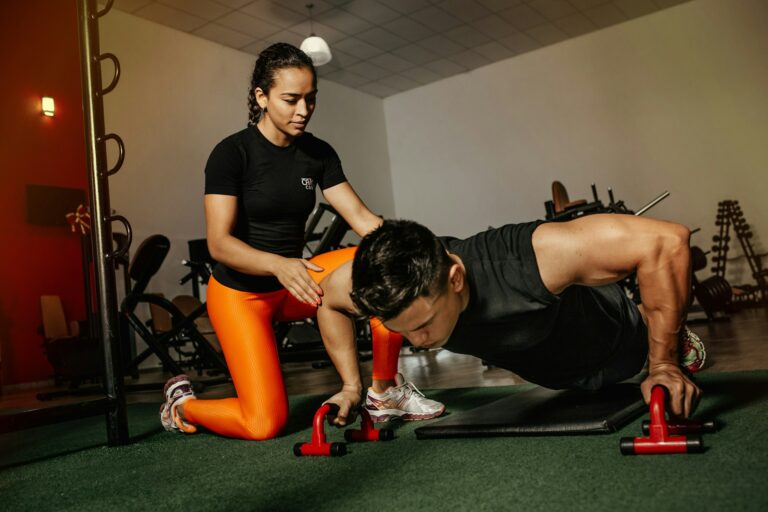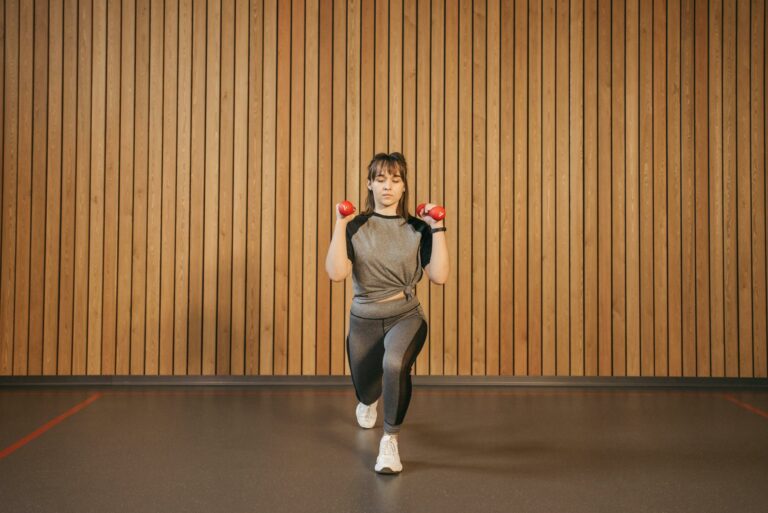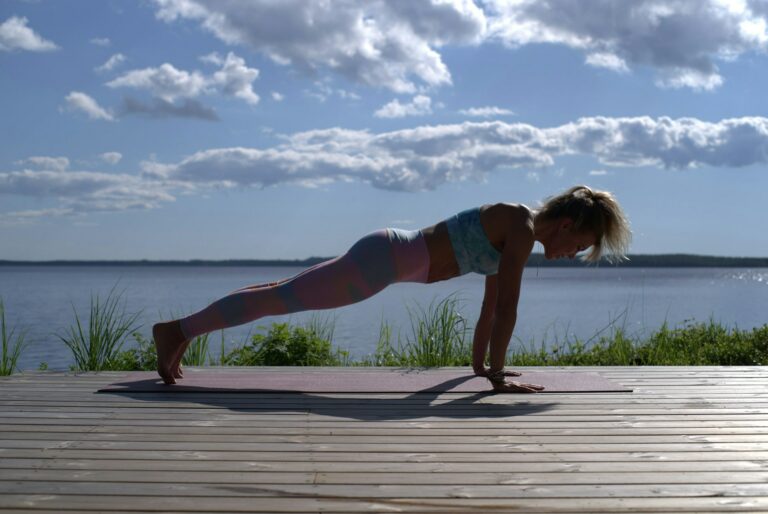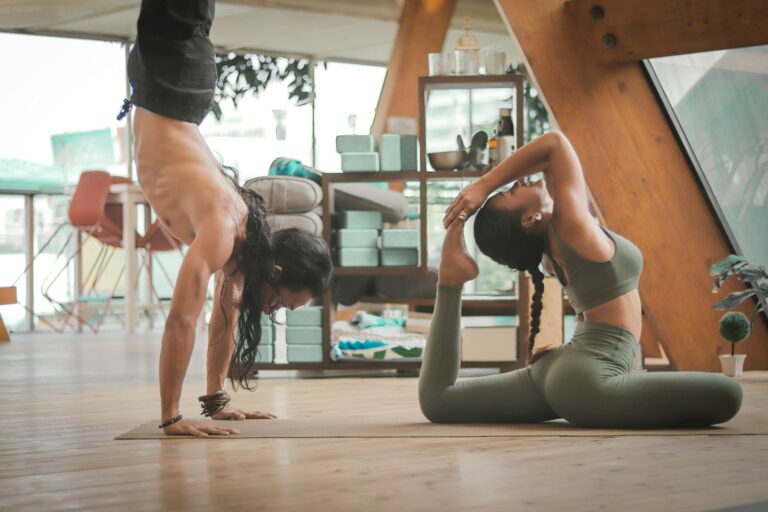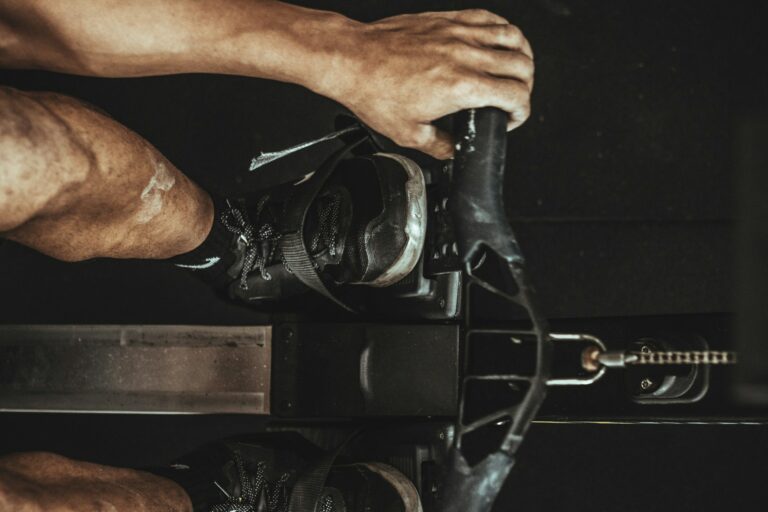A Guide to Explosive Arm Growth: Getting Bigger Arms in Record Time
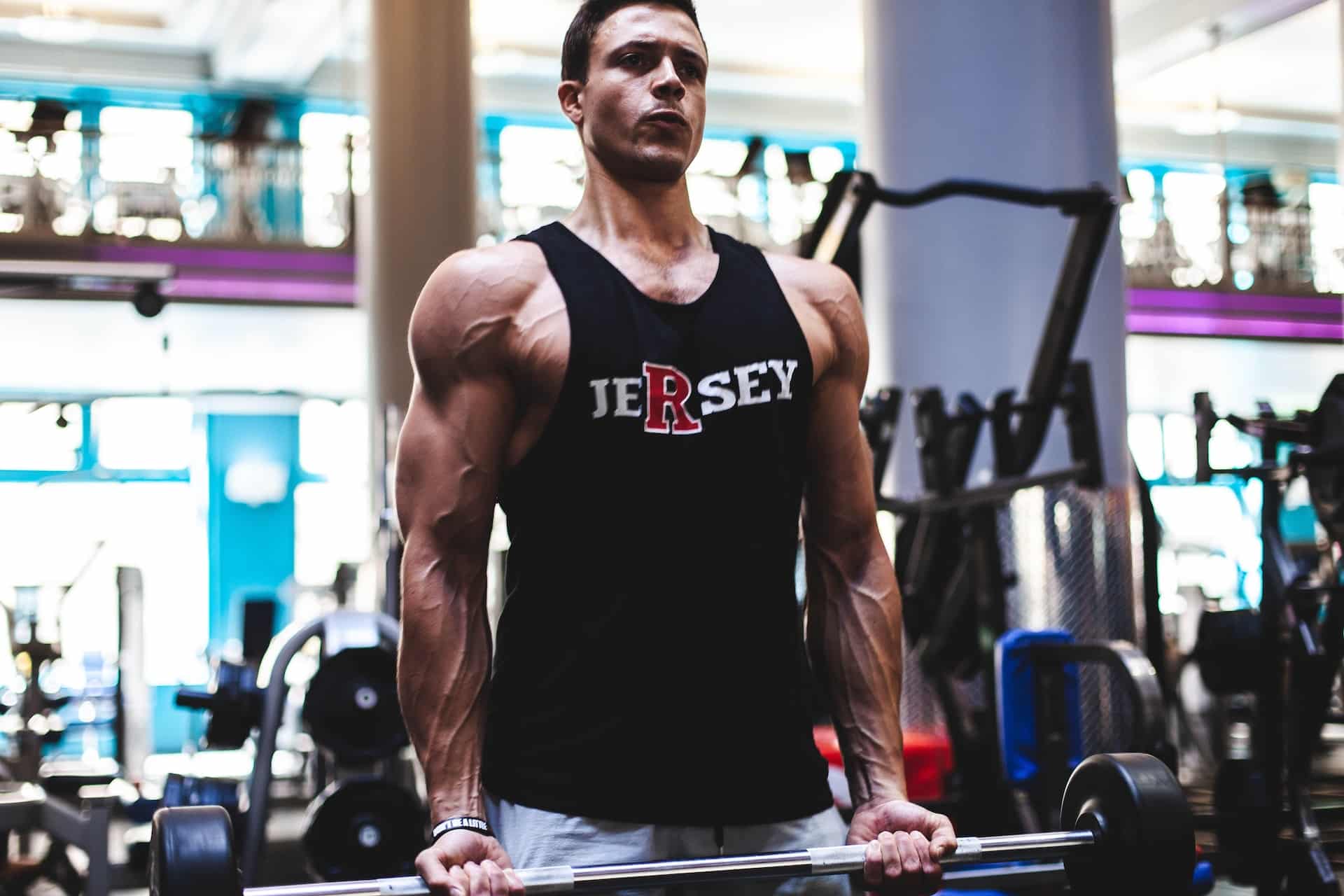
- Should You Train To Muscle Failure Every Set? What You Need To Know - March 4, 2025
- Nutrition in a Hurry: Top Post-Workout Snacks for Active People - February 20, 2025
- 15 Healthy Meal Prep Recipes: Your Weight Loss Made Easy - February 18, 2025
If you’ve ever dreamt of having bigger arms that turn heads wherever you go, look no further than “A Guide to Explosive Arm Growth: Getting Bigger Arms in Record Time.” This comprehensive workout plan is designed to help you achieve the powerful and muscular arms you desire in the fastest time possible. Say goodbye to skinny arms and hello to a sculpted and defined physique that commands attention. With simple yet effective exercises and expert tips, this guide provides you with all the tools you need to make your arm gains explode.
Choosing the Right Exercises
Compound Exercises
When it comes to designing an effective arm workout, it’s important to include a balance of compound exercises and isolation exercises. Compound exercises are movements that involve multiple muscle groups and joints. They are a great way to build overall strength and size. Some examples of compound exercises for the arms include bench presses, push-ups, and pull-ups.
Isolation Exercises
Isolation exercises, on the other hand, target specific muscle groups. These exercises are great for targeting and isolating the muscles of the arms, allowing for more focused and concentrated growth. Some popular isolation exercises for the arms include bicep curls, tricep dips, and cable curls.
Functional Movements
Functional movements are exercises that mimic real-life movements and engage multiple muscle groups. These exercises not only help to build strength and size in the arms but also improve overall functional fitness. Functional movements for the arms include exercises such as push press, kettlebell swings, and farmer’s carries.
Designing an Effective Arm Workout
Exercise Selection
When selecting exercises for your arm workout, it’s important to choose a variety of exercises that target all the muscles of the arms. This includes exercises for the biceps, triceps, forearms, and shoulders. By incorporating a mix of compound and isolation exercises, you can ensure that every muscle group is adequately stimulated.
Volume and Repetitions
The volume and repetitions of your arm workout will depend on your goals and fitness level. For muscle growth, it’s generally recommended to perform 8-12 repetitions of each exercise for 3-4 sets. This allows for enough intensity to stimulate muscle growth while also maintaining proper form.
Intensity Techniques
To further enhance your arm workout, it’s beneficial to incorporate intensity techniques. These techniques can help to increase the intensity of your exercises and stimulate further muscle growth. Some popular intensity techniques for the arms include supersets, drop sets, and rest-pause sets.
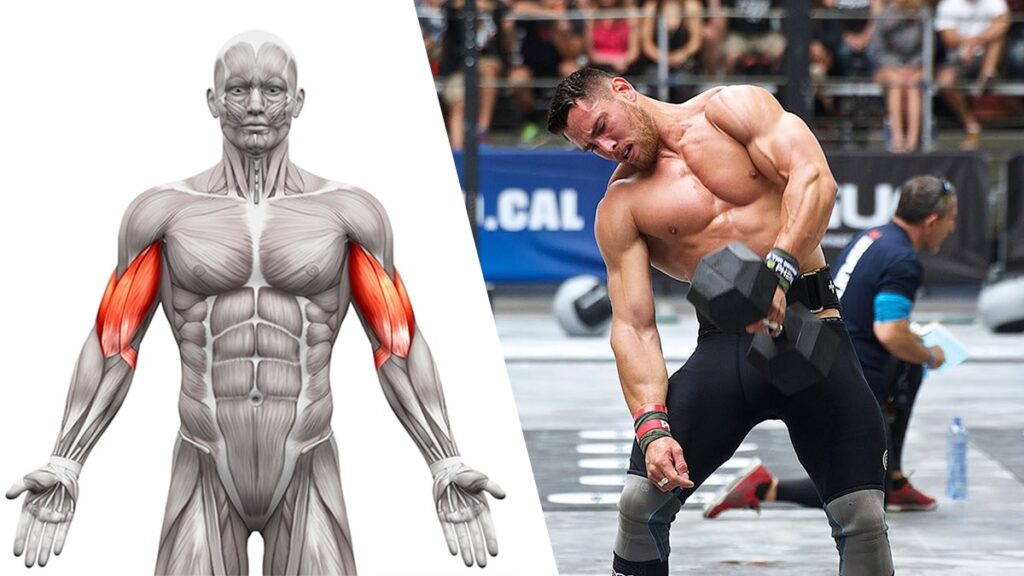
Emphasizing Progressive Overload
Increasing Weight Intelligently
Progressive overload is the key to continuous muscle growth. This means gradually increasing the weight or resistance used in your arm exercises over time. However, it’s important to do this intelligently to avoid injury. Start by increasing the weight by small increments and focusing on proper form. As you become stronger and more comfortable, you can gradually increase the weight further.
Using Resistance Bands
Resistance bands are a great tool for progressive overload, especially if you don’t have access to heavy weights. They provide constant tension throughout the range of motion and can be adjusted to provide different levels of resistance. Incorporating resistance bands into your arm workouts can add a new challenge and help to stimulate muscle growth.
Implementing Drop Sets
Drop sets are another effective way to incorporate progressive overload into your arm workouts. This technique involves performing an exercise until failure, then immediately reducing the weight and continuing for additional repetitions. Drop sets help to fatigue the muscles and maximize muscle fiber recruitment, leading to increased muscle growth.
Balancing Muscle Groups
Addressing the Biceps-Triceps Ratio
In order to have well-developed arms, it’s important to maintain a balance between the biceps and triceps. Neglecting one muscle group can lead to muscle imbalances and potential injuries. To address this, make sure to include equal amounts of exercises for both the biceps and triceps in your arm workouts.
Targeting Forearms and Brachialis
When designing your arm workout, it’s important not to neglect the smaller muscles such as the forearms and brachialis. These muscles are involved in many arm movements and contribute to overall arm strength and aesthetics. Including exercises such as wrist curls, reverse curls, and hammer curls can help to target these muscles.
Incorporating Shoulder Work
While the focus of an arm workout is on the biceps and triceps, it’s important not to forget about the shoulders. Strong and developed shoulders not only add to the overall aesthetic of the arms but also contribute to functional strength. Including exercises such as shoulder presses, lateral raises, and upright rows can help to target the shoulders.
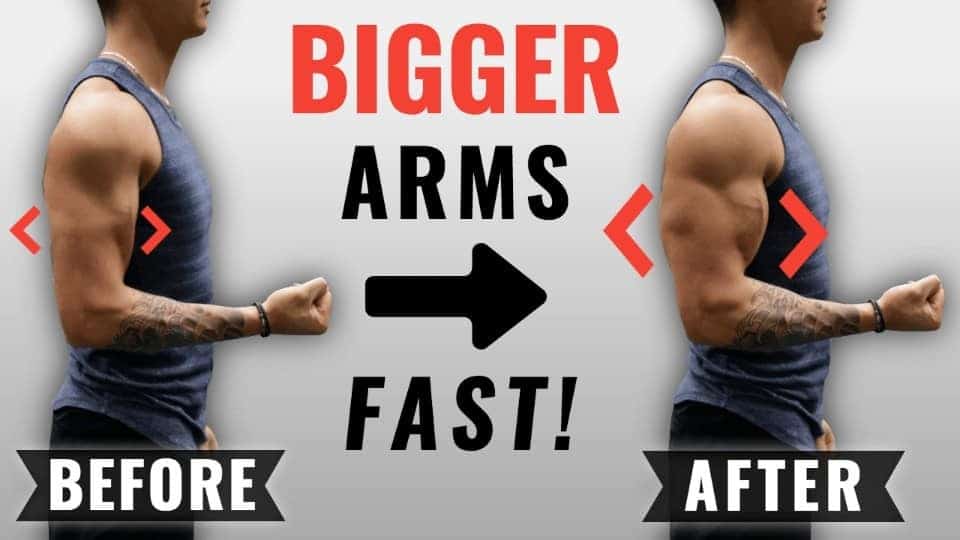
Optimizing Nutrition for Arm Growth
Caloric Surplus for Muscle Growth
To maximize muscle growth in the arms, it’s important to consume a sufficient amount of calories. This means eating in a caloric surplus, where you are consuming more calories than you are burning. A caloric surplus provides the necessary energy and nutrients for muscle growth.
Prioritizing Protein Intake
Protein is the building block of muscle and plays a crucial role in muscle growth and repair. To optimize arm growth, it’s important to prioritize protein intake. Aim to consume around 0.8-1 gram of protein per pound of body weight per day. Good sources of protein include lean meats, poultry, fish, eggs, dairy, and plant-based proteins such as tofu and legumes.
Eating for Recovery
In addition to consuming enough calories and protein, it’s important to prioritize nutrient-dense foods that support recovery. This includes plenty of fruits, vegetables, whole grains, and healthy fats. These foods provide the necessary vitamins, minerals, and antioxidants to support muscle recovery and overall health.
Supplements for Arm Growth
Creatine
Creatine is a popular supplement for muscle growth and performance. It works by increasing ATP production in the muscles, which can lead to increased strength and power during workouts. Supplementing with creatine can help to enhance arm growth and improve overall performance.
Branched-Chain Amino Acids (BCAAs)
BCAAs are a group of essential amino acids that are important for muscle growth and repair. They can help to reduce muscle breakdown and promote muscle protein synthesis. Adding BCAAs to your supplement regimen can support arm growth and aid in recovery.
Beta-Alanine
Beta-alanine is an amino acid that can help to improve muscular endurance during high-intensity exercise. By increasing muscle carnosine levels, beta-alanine can delay fatigue and help you to push through more reps and sets. Including beta-alanine in your supplement stack can enhance your arm workouts and promote arm growth.

Recovery and Rest Days
Importance of Rest Days
Rest days are crucial for muscle recovery and growth. When you work out, you create small tears in your muscle fibers. Rest days allow for these muscles to repair and rebuild, resulting in increased muscle size and strength. Make sure to schedule regular rest days in your training program to give your arms the time they need to recover.
Sleep Quality
Quality sleep is essential for muscle recovery and overall health. During sleep, your body releases growth hormones that aid in muscle repair and growth. Aim for 7-9 hours of quality sleep each night to optimize arm growth and recovery.
Active Recovery Techniques
In addition to rest and sleep, incorporating active recovery techniques can help to enhance muscle recovery and reduce muscle soreness. This can include light stretching, foam rolling, and low-intensity cardio. These techniques can improve blood flow and nutrient delivery to the muscles, promoting faster recovery and reducing the risk of injury.
Avoiding Common Mistakes
Overtraining
One of the most common mistakes when it comes to arm training is overtraining. While it’s important to push yourself and challenge your muscles, it’s equally important to listen to your body and give yourself enough rest and recovery time. Overtraining can lead to muscle fatigue, decreased performance, and even injury. Make sure to schedule rest days in your training program and pay attention to any signs of overtraining.
Neglecting Proper Form
Proper form is crucial when performing arm exercises. Neglecting proper form can not only decrease the effectiveness of the exercise but also increase the risk of injury. It’s important to focus on maintaining good posture, engaging the correct muscles, and using controlled movements. Consider working with a qualified fitness professional to ensure that you are using proper form.
Focusing Only on Arms
While it’s important to have well-developed arms, it’s equally important to focus on building overall strength and fitness. Neglecting other muscle groups can lead to imbalances and potential injuries. Make sure to incorporate exercises that target all major muscle groups in your training program to ensure balanced muscle development.

Addressing Plateaus
Progression Techniques
Plateaus are common in any fitness journey, including arm growth. To overcome plateaus and continue to make progress, it’s important to incorporate progression techniques into your arm workouts. This can include increasing the weight, volume, or intensity of your exercises, as well as varying your exercises and workout routine.
Periodization
Periodization is a training technique that involves dividing your training program into different periods or phases. Each phase has a specific focus and varies in intensity and volume. Periodization can help to prevent plateaus, optimize muscle growth, and minimize the risk of overtraining. Consider working with a qualified fitness professional to develop a periodized training program for your arm growth goals.
Muscle Confusion
Muscle confusion is another technique that can help to overcome plateaus and promote muscle growth. By constantly varying your exercises, sets, reps, and intensity, you can keep your muscles guessing and prevent them from adapting to the same routine. This can help to stimulate new muscle growth and break through plateaus.
Tracking Progress
Measuring Arm Size
Tracking your progress is essential to ensure that you are making gains in your arm growth journey. One way to measure progress is by measuring your arm size. Use a measuring tape and measure the circumference of your arm at the widest part. Take these measurements regularly and compare them over time to track your progress.
Keeping a Workout Journal
Keeping a workout journal is another effective way to track your arm growth progress. In your journal, record the exercises you performed, the sets and reps, the weight used, and any notes or observations about your workout. This can help you to identify patterns, track your strength increases, and make adjustments to your training program as needed.
Monitoring Strength Increases
Another way to track your progress is by monitoring your strength increases. Keep track of the weight or resistance used in your exercises and strive to gradually increase it over time. This can be a great indicator of progress and can help you to ensure that you are continuously challenging your muscles and promoting arm growth.
Table of Contents
